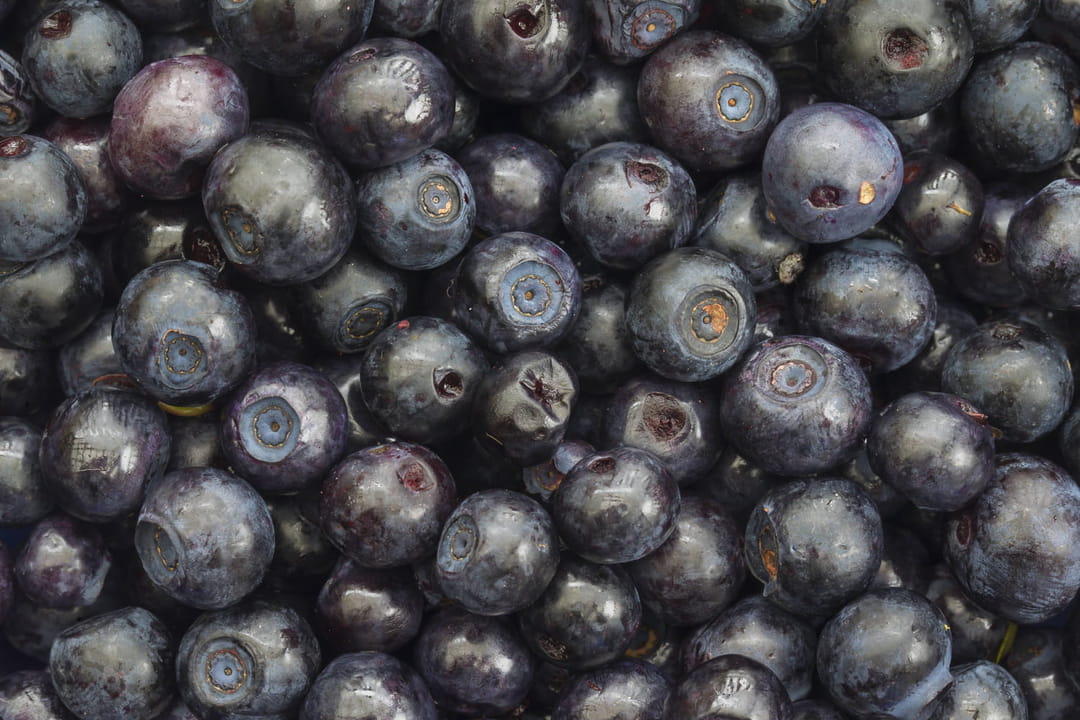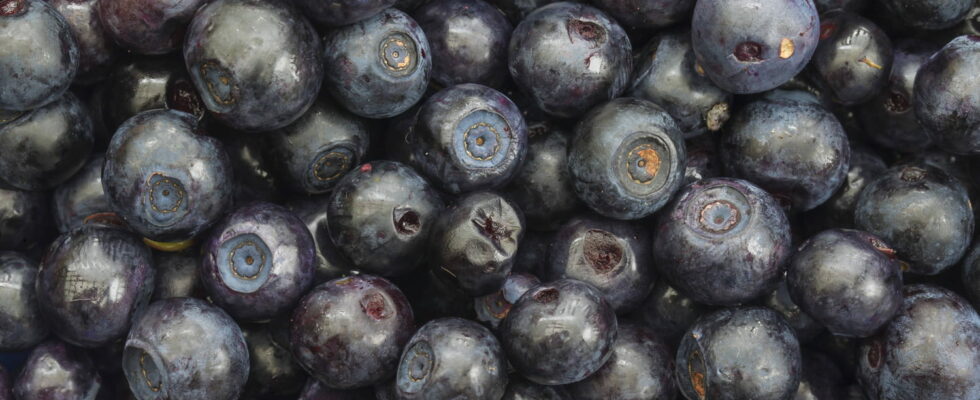The color of blueberries is probably not what you thought and a scientific explanation makes everyone agree.
What color are blueberries? The answer to this question seems relatively simple and obvious. As with the vast majority of fruit lovers, you probably want to answer blue. Unfortunately for you, you may have been living in denial for many years. Rest assured, you are not the only one in this situation and it could even be the fault of an illusion.
Rich in antioxidants, potassium and vitamin C, blueberries go perfectly with yogurt, cottage cheese, or placed on pancakes for a tasty snack. Still, this popular berry contains a well-kept secret. They’re not actually blue! Surprising information, revealed by British presenter Rachel Burden on the BBC show 5 Live Breakfast.

“Something about blueberries that you probably never knew should raise an eyebrow or two,” she said, before giving a more scientific explanation. According to her, the blue color actually comes from a “layer of colorless wax two microns thick” which covers the berry. It would be its complex microscopic structure that would interfere with light, giving it a blue appearance to the naked eye.
And this reflection does not come from another planet, quite the contrary. To try to sort out fact from fiction, scientists from the University of Bristol removed the famous wax layer from a blueberry, crystallized it on a piece of paper and analyzed it in the laboratory. They then discovered that the wax reflected both blue and ultraviolet light, but that the human eye was not able to see the violet. This is why blueberries appear blue to the naked eye. In reality, blueberries are indeed purple!
For the radio host, the fruit could also have evolved over time and given off this “bluish color to attract frugivores such as birds”. For her part, researcher at the Bristol School of Biological Sciences, Rox Middleton also justifies the fact that blueberries cannot be perceived as blue in color due to the juice they contain: “The blue of blueberries cannot be “extracted” by crushing them, because it is not found in the pigmented juice that can be extracted from the fruit. That’s why we knew there had to be something strange about the color. From now on, it’s impossible to be fooled, you’re an expert on blueberries.
